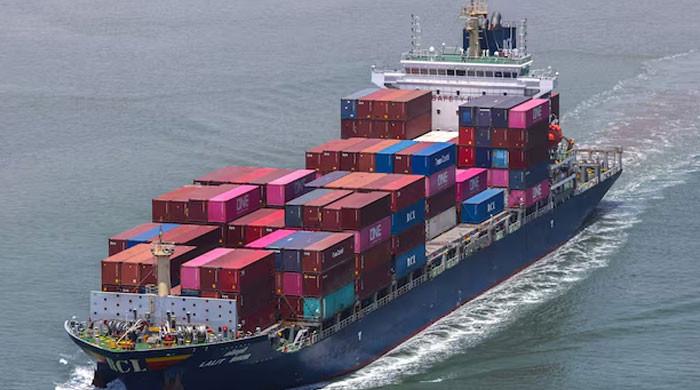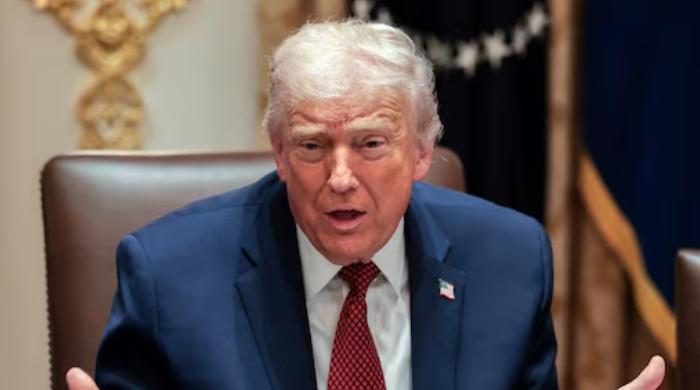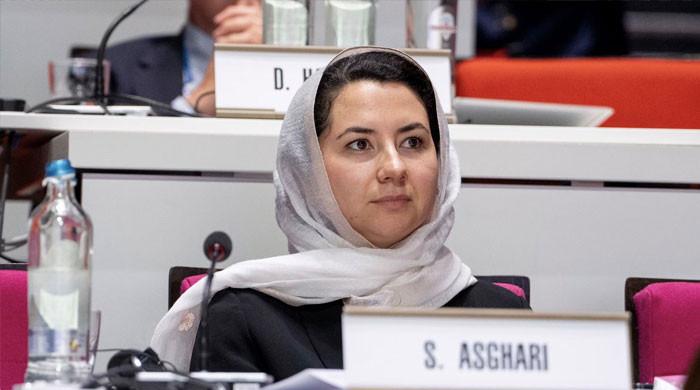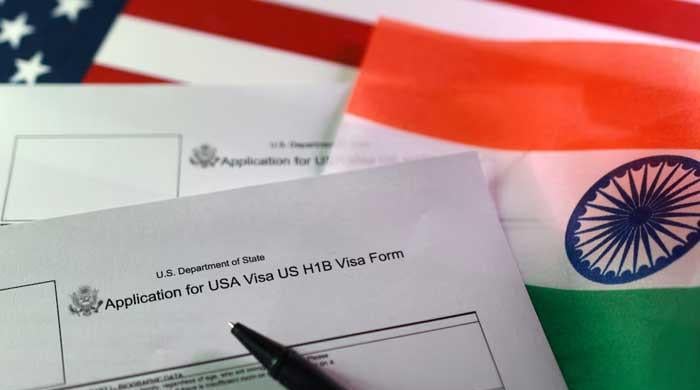Great satisfaction: Kim Jong-Un oversees strategic missile launch
Pulhwasal-3-31 missiles were in air for 7,421 seconds and 7,445 seconds, KCNA reports without specifying range
January 29, 2024
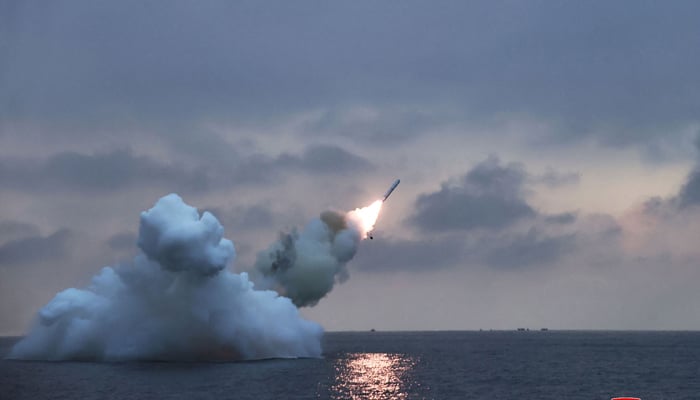
Amid rising regional tensions and continued weapons development by Pyongyang, North Korea's Kim Jong-Un supervised the launch of the crucial strategic missiles Pulhwasal-3-31, according KCNA report early Monday.
The KCNA report underlined that the launches of the two missiles were conducted via submarine above the East Sea and hit their target, without providing additional details.
During the launches, Kim Jong-Un expressed his great satisfaction with the launch, KCNA reported, adding that they "had no impact on the security of a neighboring country and has nothing to do with the regional situation."
The KCNA report noted that the Pulhwasal-3-31 missiles were in the air for 7,421 seconds and 7,445 seconds, without specifying their range.
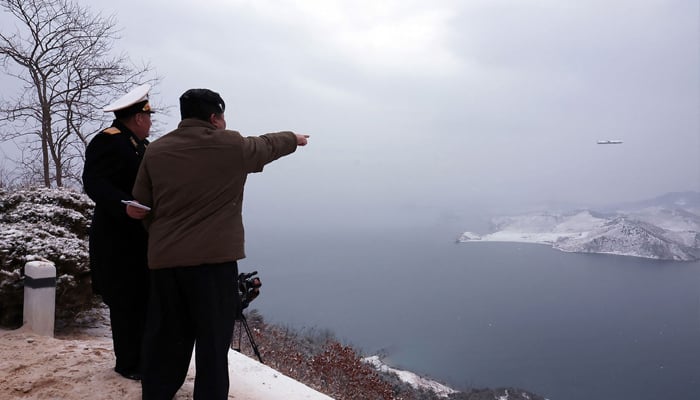
The cruise missile is a newly developed strategic weapon that Pyongyang tested for the first time Wednesday, firing multiple missiles toward the Yellow Sea.
North Korea's exact sea-based launch capabilities remain unknown.
Previous tests were carried out from older vessels, including from a submerged platform, rather than an actual submarine.
In March last year, North Korea launched two cruise missiles that flew 1,500 kilometres (930 miles), according to Pyongyang, putting all of South Korea and much of Japan within range.
North Korea also has a submarine-launched ballistic missile (SLBM) called the Pukguksong-3, with an estimated range of 1,900 kilometres. It announced a successful test of a new version of that missile in October 2021.
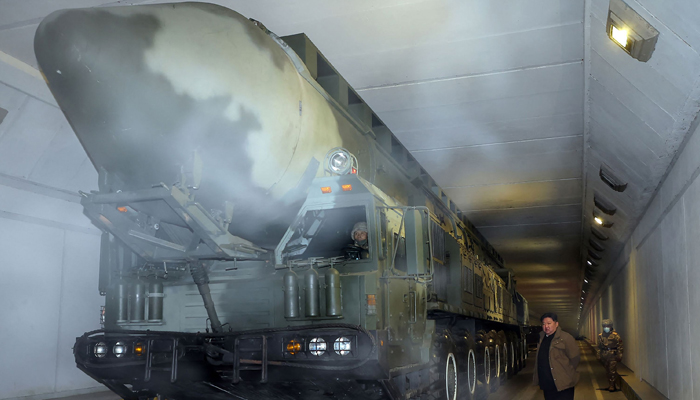
SLBMs can be launched from under the ocean, making them extremely mobile and hard to detect.
Proven SLBM capability would take North Korea´s arsenal to a new level, allowing deployment far beyond the Korean peninsula and a second-strike capability in the event of an attack.
North Korea has also conducted what it called simulations with its "first tactical nuclear attack submarine".
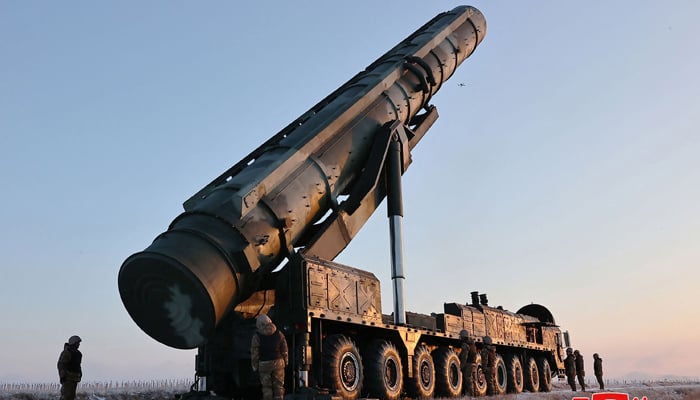
Pyongyang has accelerated weapons testing in the new year, including tests of what it called an "underwater nuclear weapon system" and a solid-fuelled hypersonic ballistic missile.
Unlike their ballistic counterparts, the testing of cruise missiles is not banned under current UN sanctions against Pyongyang.
Cruise missiles tend to be jet-propelled and fly at a lower altitude than more sophisticated ballistic missiles, making them harder to detect and intercept.
Recent months have seen a sharp deterioration in ties between the two Koreas, with both sides jettisoning key tension-reducing agreements, ramping up frontier security, and conducting live-fire drills along the border.





